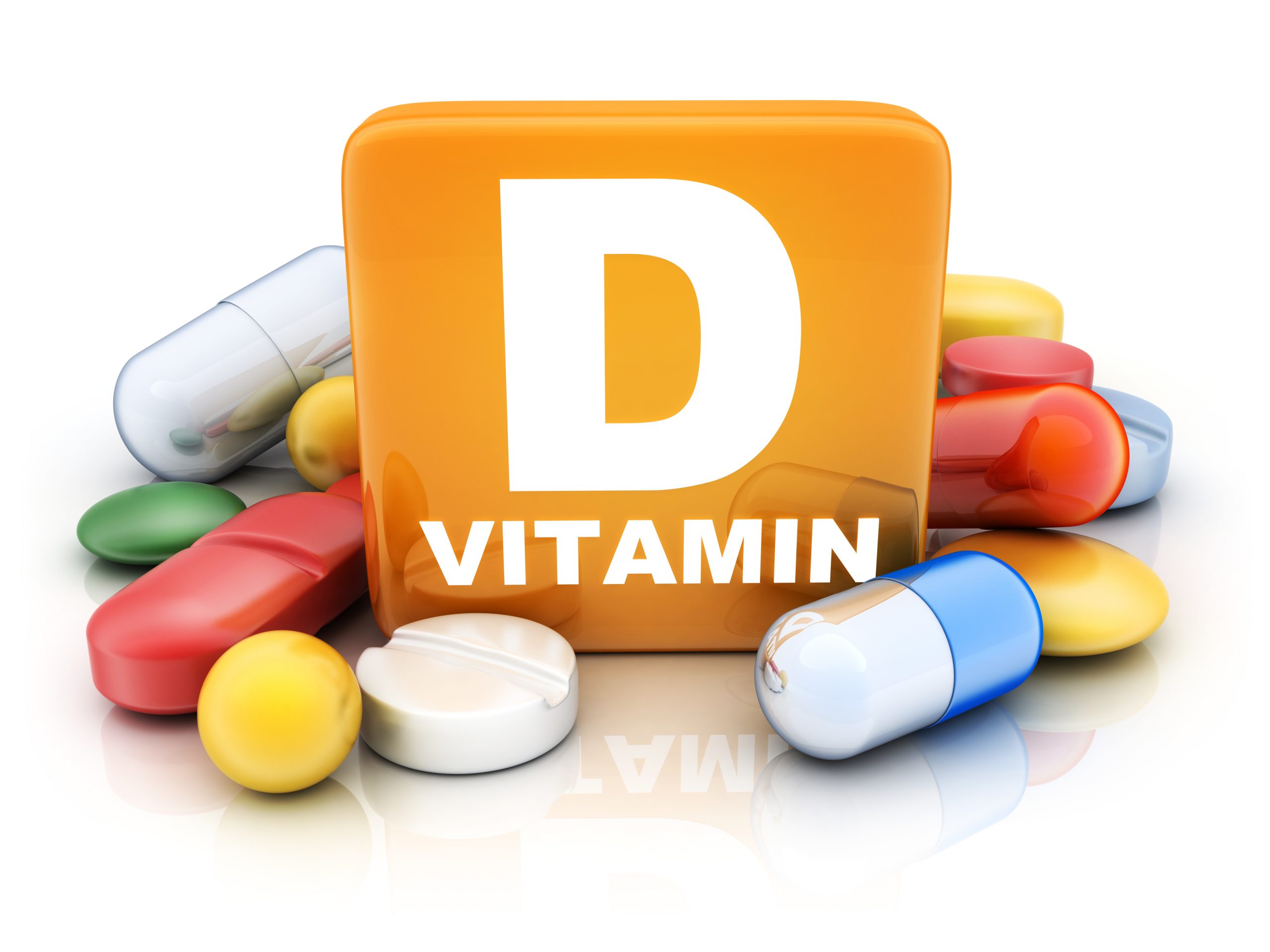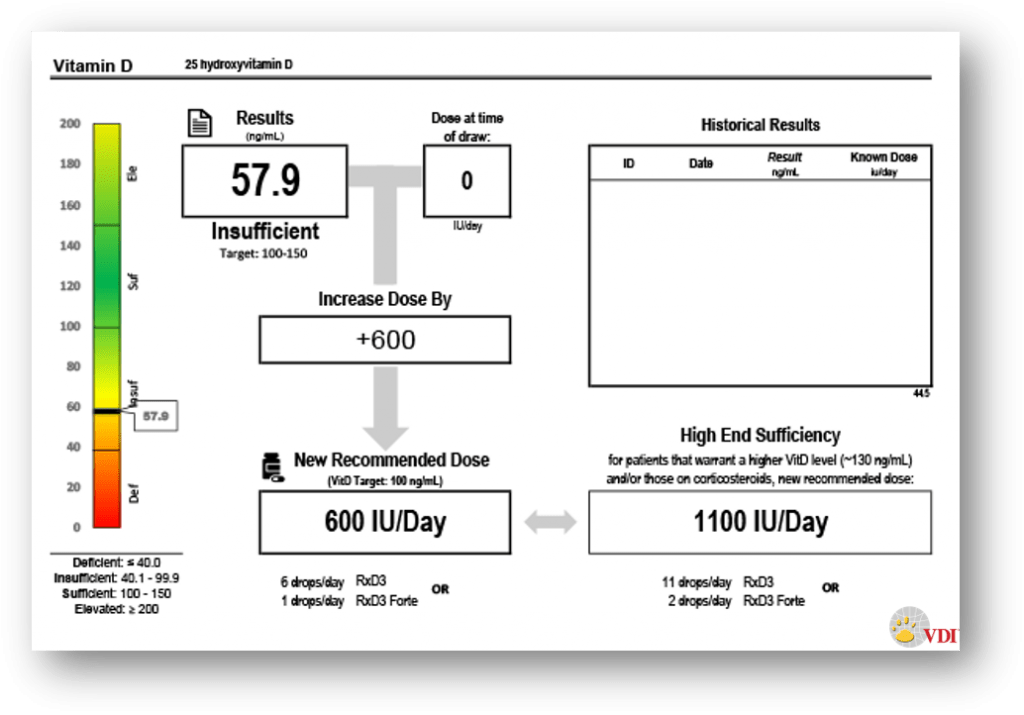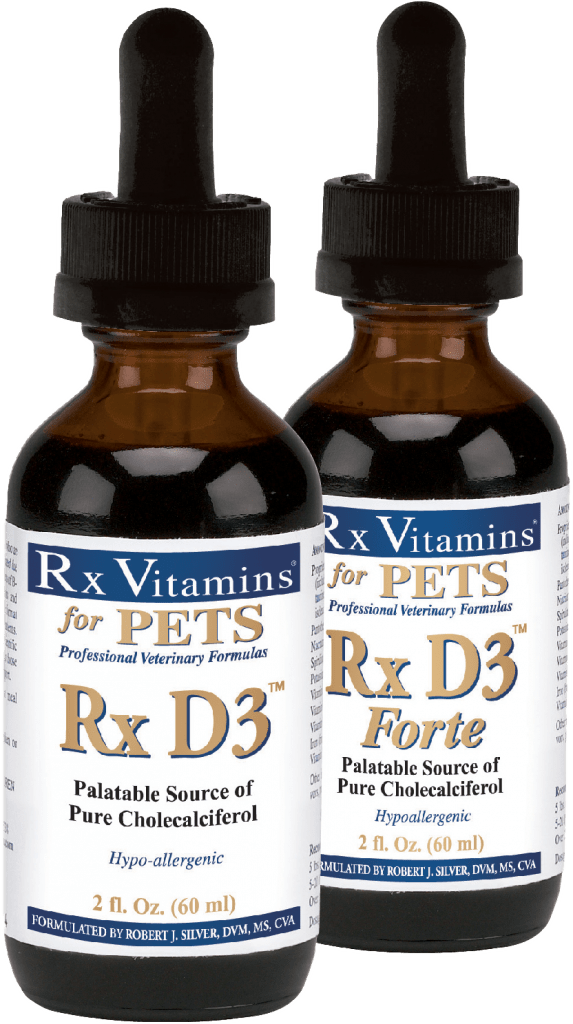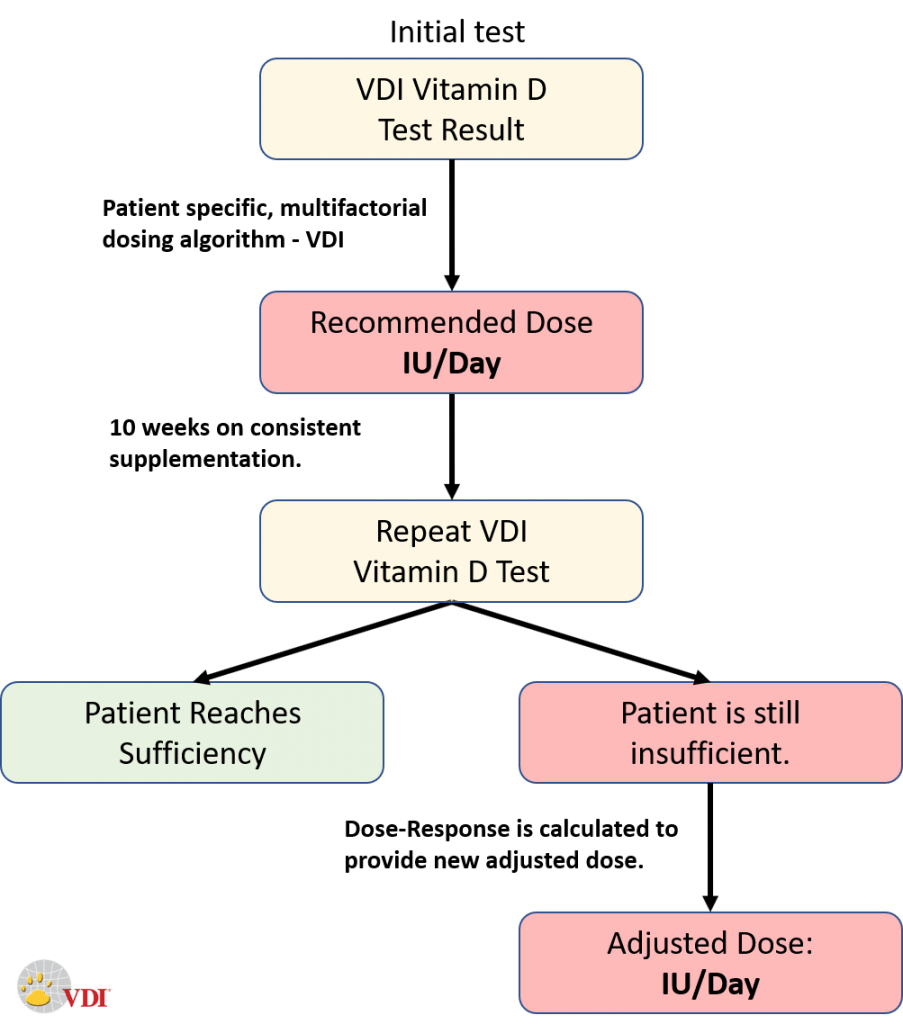
While many dietary vitamins are easily cleared or do not threaten toxicity in high concentrations, Vitamin D stands apart. Too little, and sufficiency is not attained; too much and the threat of toxicity triggers close patient management.
Multiple factors impact the vitamin D status, which makes simple weight-based dosing ineffective. To achieve sufficiency, VDI has developed species specific, multi-factorial algorithm to ensure the right dose for each specific patient. Each lab report comes with recommended dosing for that patient in the form of International Units (IU) – the standard unit for Vitamin D supplements.

Unfortunately, the recommended dose is only as good as the supplement as stated concentration varies from actual.
Researchers from Kaiser Permanente (1) found in analyzing over 12 different manufacturers of dietary Vitamin D that: Vitamin D supplements can have variable concentrations – from 9% to 146% of the amount listed on the label.
They did note that if the manufacturer had the USP mark, the concentration of Vitamin D was close to the stated amount. Sadly, there are few USP verified manufacturers.

VDI recommends the use of Rx Vitamins for Pets products. The liquid formula allows for precise dosing and our experience with the product is over tens of thousands of successfully supplemented pets.
Clinical Example
Let’s take a 55lb Labrador found insufficient at 50ng/mL and needing 3000IU of Vitamin D3 to attain sufficiency. With a range of OTC supplements of 9-146%, that 3000IU could range from 270 to 4,380 IU. While the threat of toxicity is not great, the likelihood of achieving sufficiency is questionable.
The best way to evaluate the efficacy of an supplement, is to test the dose response. This is done by repeating the vitamin D test after 10 weeks of consistent supplementation. The dose-response curve is the patient’s true response to the supplement provided, and is then used as to calculate any adjustments. Below is a typical Vitamin D adjustment model.

References
Vitamin D potency varies widely in dietary supplements, analysis finds
Kaiser Permanente, Science Daily, 2013
